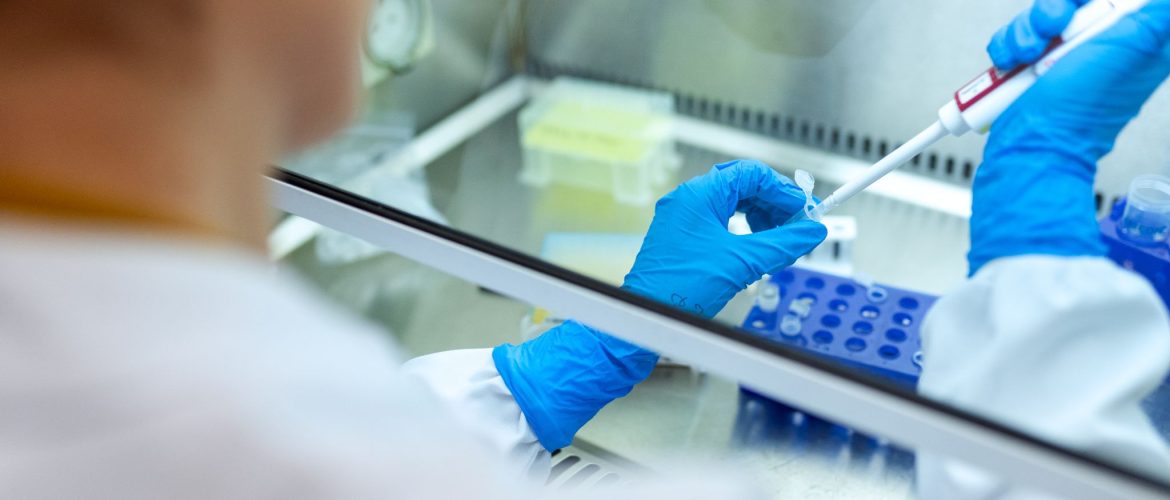As a vital component of patient safety, endotoxin testing is essential for medical devices, injectables, and their raw materials. Endotoxins, small hydrophobic molecules found in the outer membrane of Gram-negative bacteria, can be released when bacteria die, triggering toxic reactions. Unfortunately, endotoxin testing is sometimes neglected, with many manufacturers relying heavily on sterility testing. However, sterility testing only detects live microorganisms and may fail to identify released endotoxins during the sterilization process validation.
The consequences of undetected endotoxins can be severe, even fatal. When endotoxins enter the bloodstream, they can trigger immune responses like inflammation and cytokine production, which can lead to sepsis and its associated risks. This is especially critical for vulnerable patients, such as the elderly, those in intensive care, and infants. Sudden infant death syndrome (SIDS), for example, has been linked to varying levels of endotoxin in the bloodstream. Moreover, endotoxin exposure can contribute to critical illness polyneuropathy (CIP) in sepsis, further emphasizing the importance of accurate endotoxin testing.
Several endotoxin detection methods exist, including the rabbit pyrogen test and in-vitro tests like the monocyte activation test (MAT) and limulus amoebocyte lysate (LAL) methods. The LAL methods, including gel-clot, chromogenic, and turbidimetric, are widely used for endotoxin detection.
The gel-clot method, considered the most sensitive and accurate LAL test, detects endotoxins through a series of enzymatic reactions that form a detectable gel-clot. However, this method is time-consuming and prone to human error due to manual interpretation of results. The chromogenic method, a more user-friendly and automated approach, measures the absorbance of light, which correlates with endotoxin levels. Despite its convenience, this method may produce variable results and is susceptible to interference from various factors.
Lastly, the turbidimetric method quantifies endotoxin levels by measuring turbidity or optical density, providing a quantitative result that can be particularly useful for raw material testing. Nevertheless, this method can be sensitive to interference from suspended or turbid products, resulting in false positives.
While each method has its advantages and disadvantages, human error remains a significant factor that may affect endotoxin testing results. Therefore, it is crucial to choose the most suitable method for the specific application and ensure proper technique to maintain accuracy.
At Synergy Bioscience, we take pride in our expertise and commitment to excellence. If you’d like to learn more about how we can help with your cell line development, recombinant DNA, microbiology testing, analytical development, and endotoxin testing needs, don’t hesitate to get in touch. Let us work together to ensure the safety and efficacy of your products. Contact us today!
